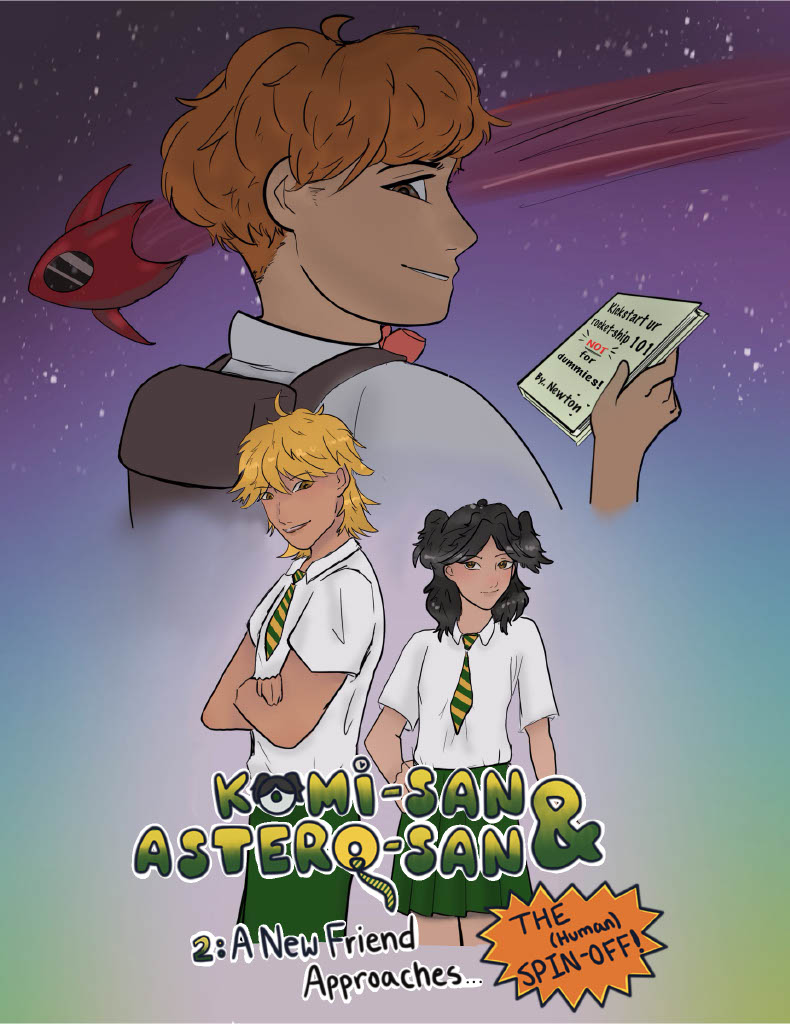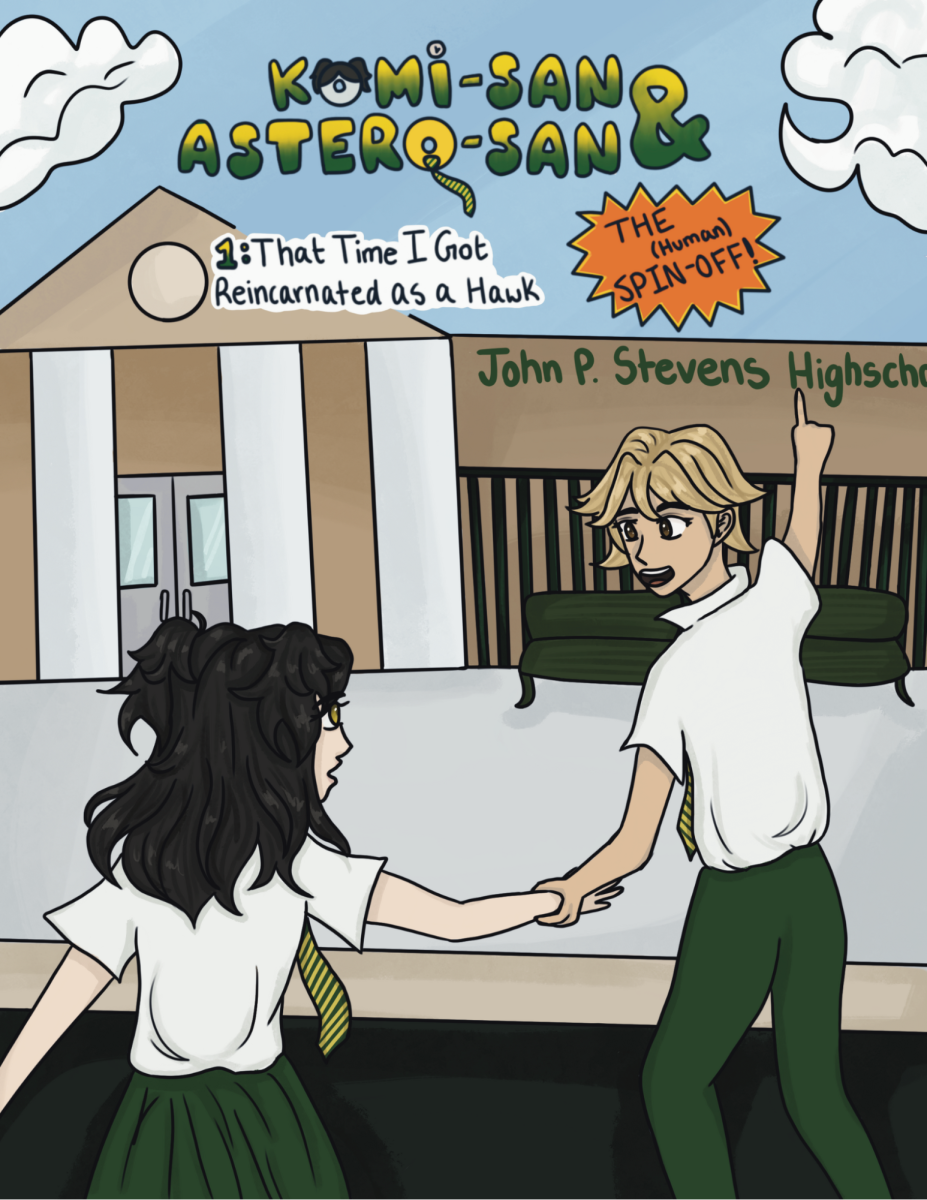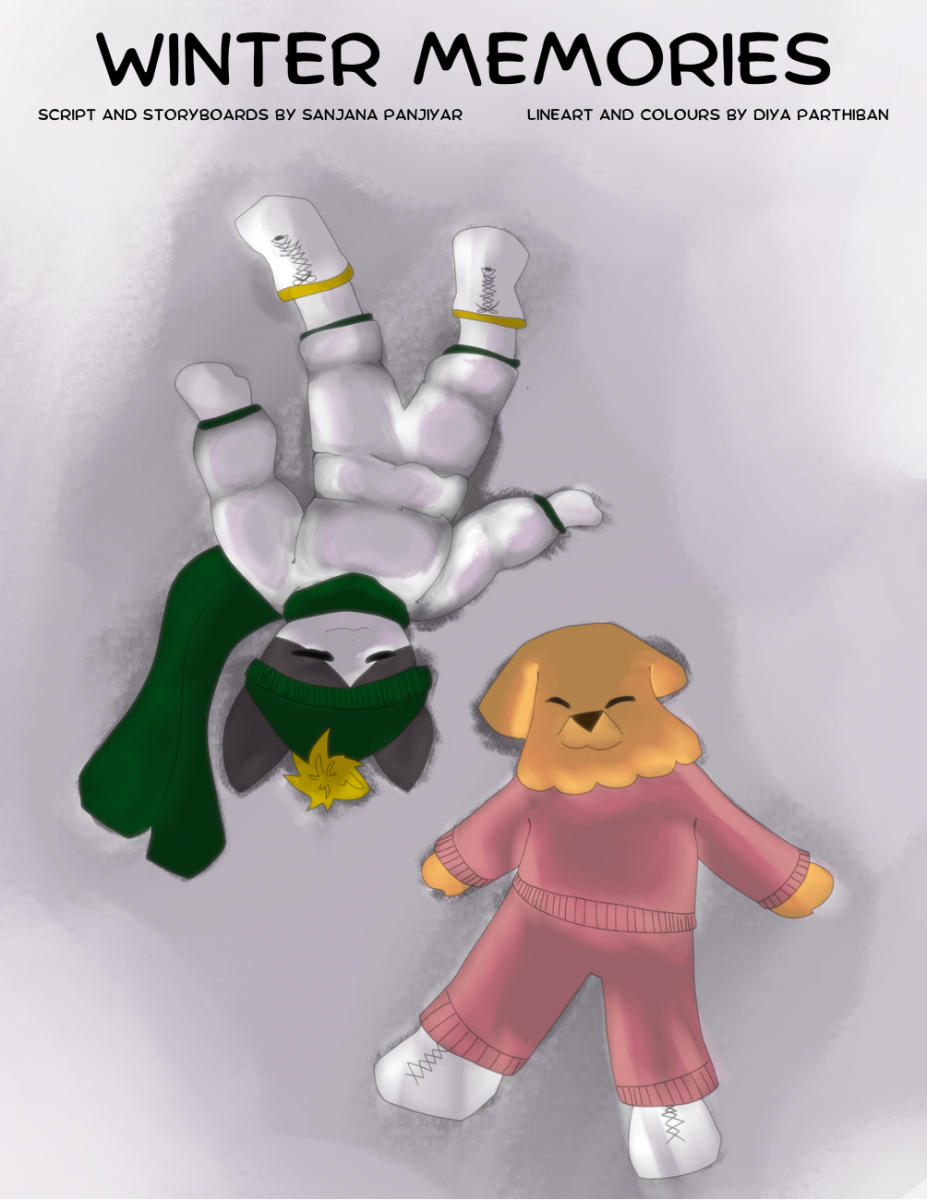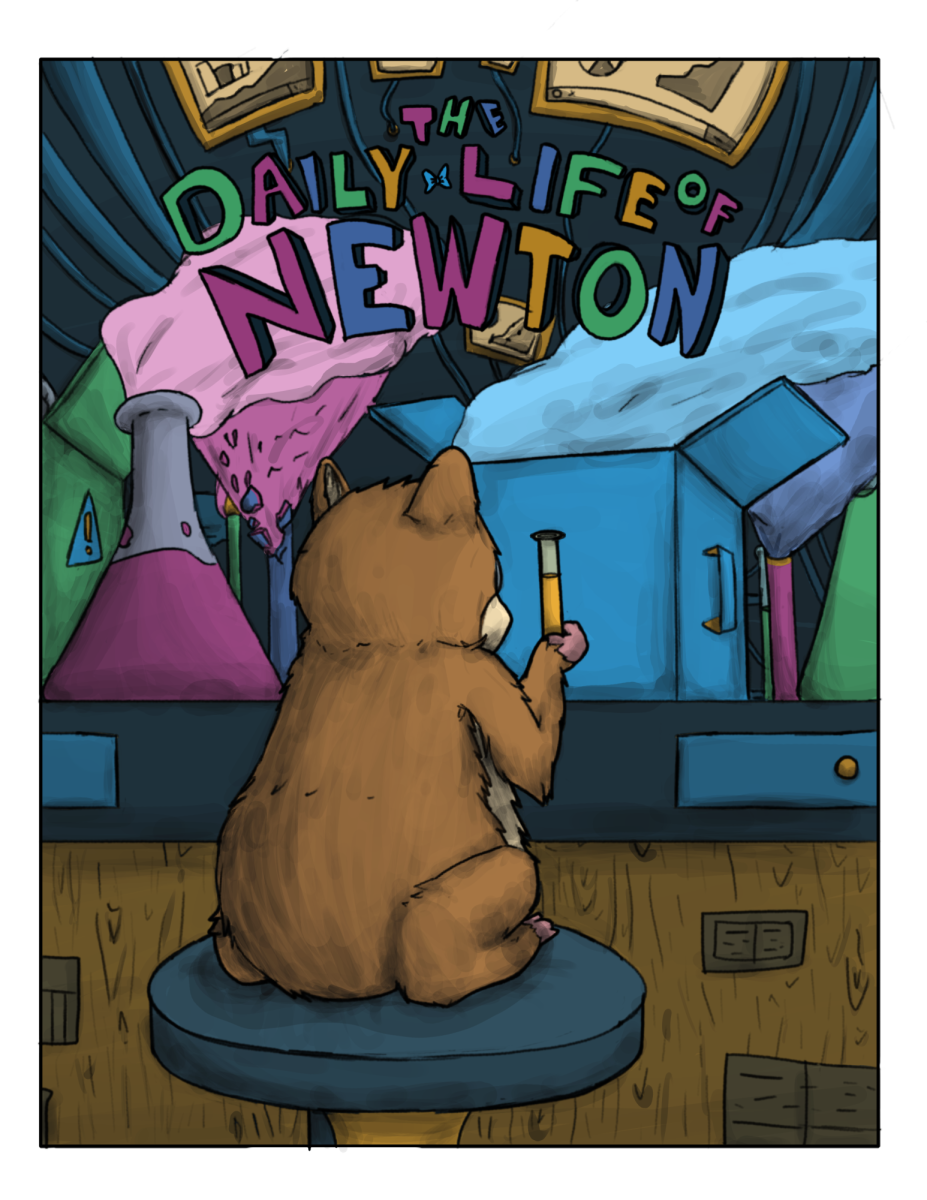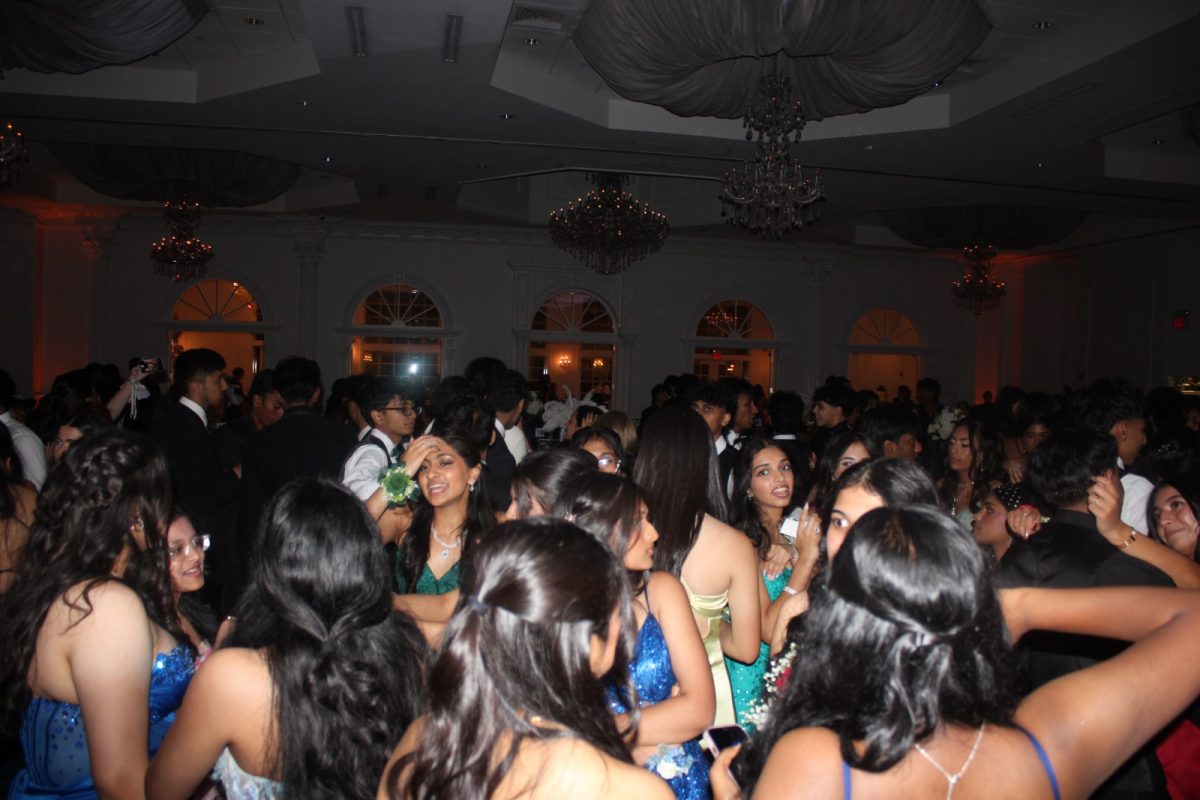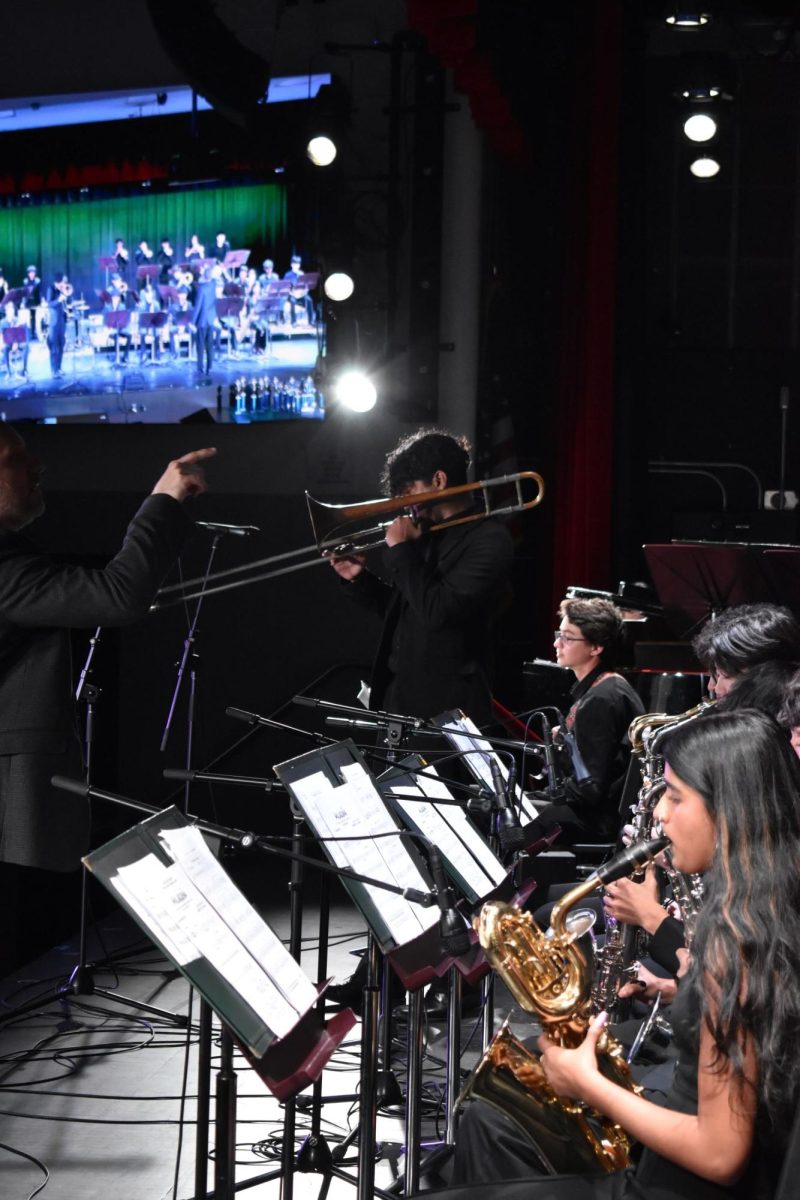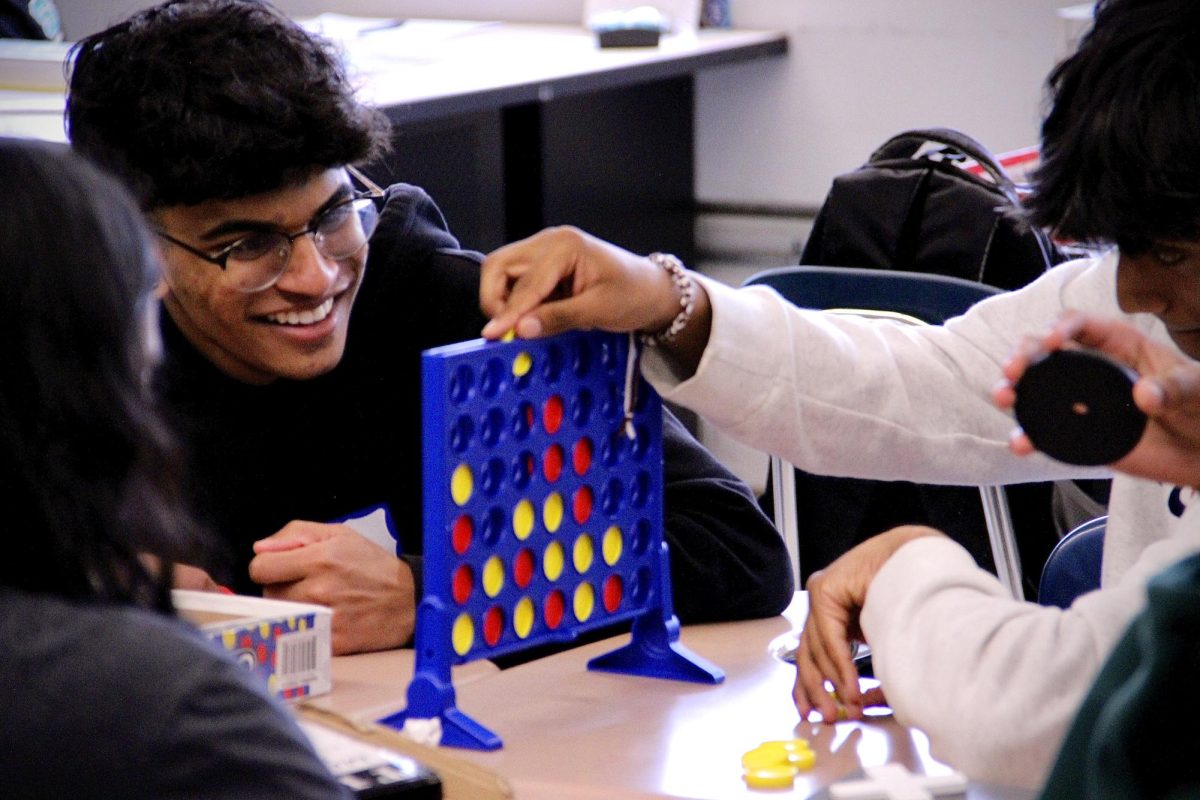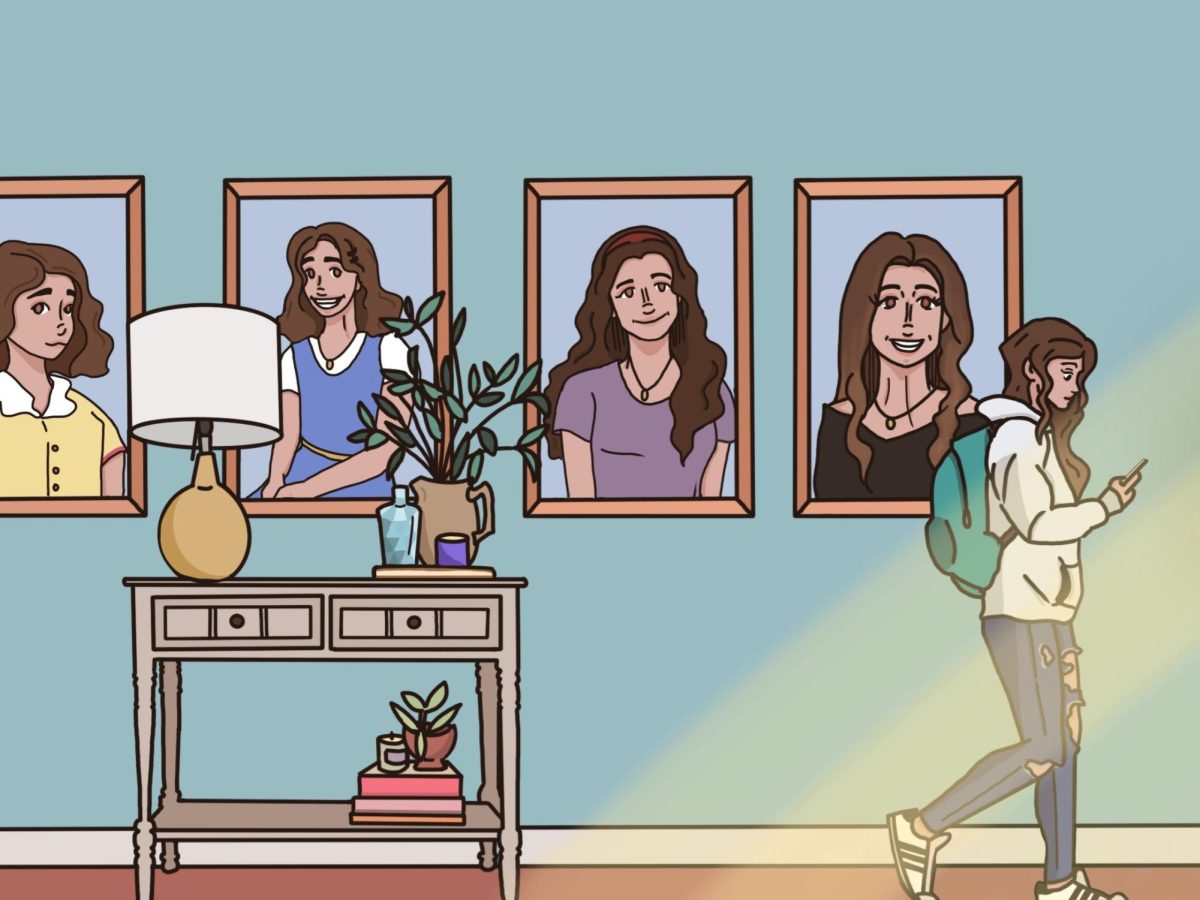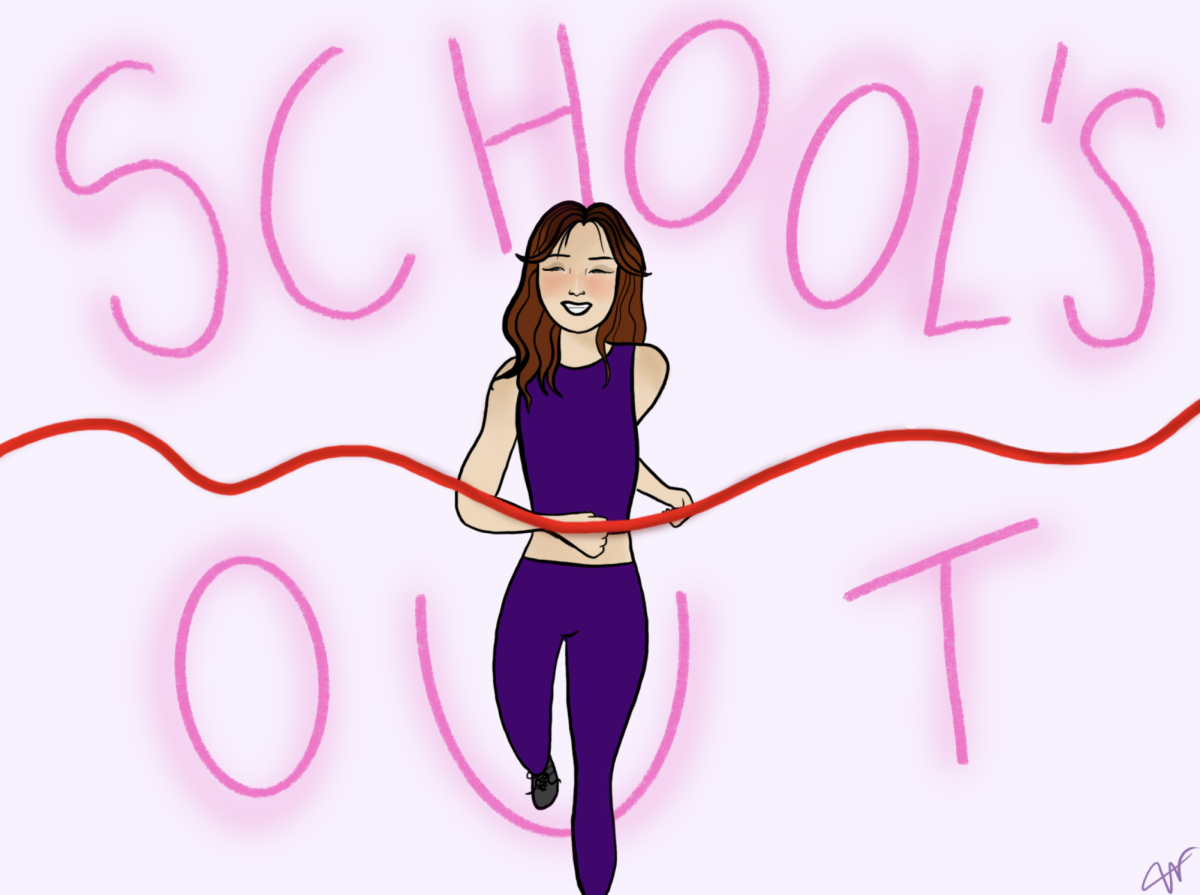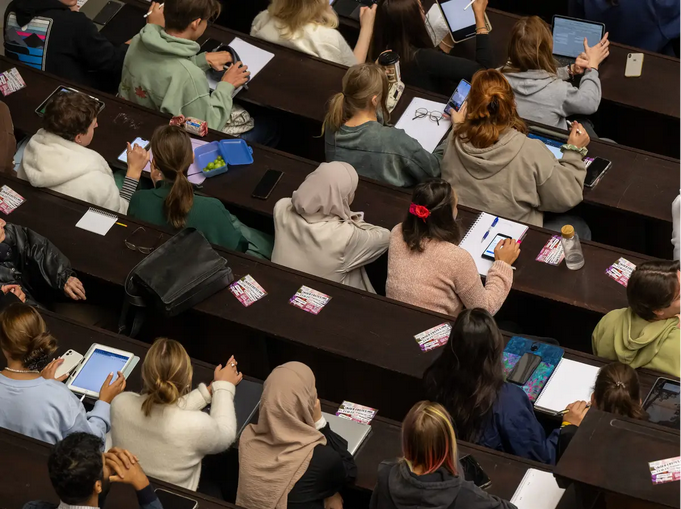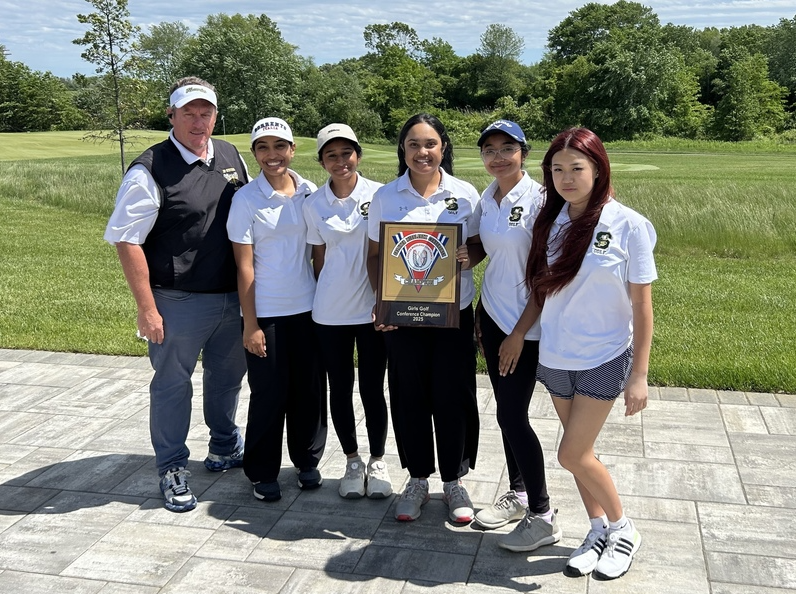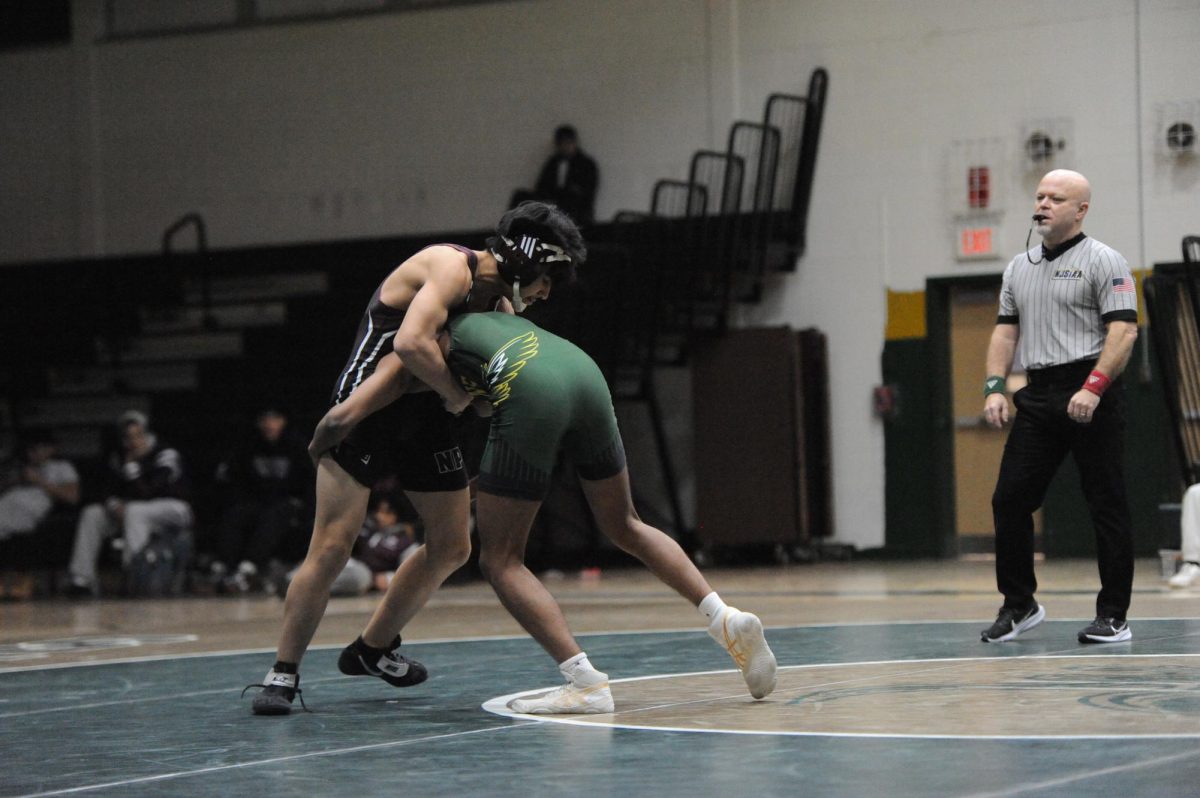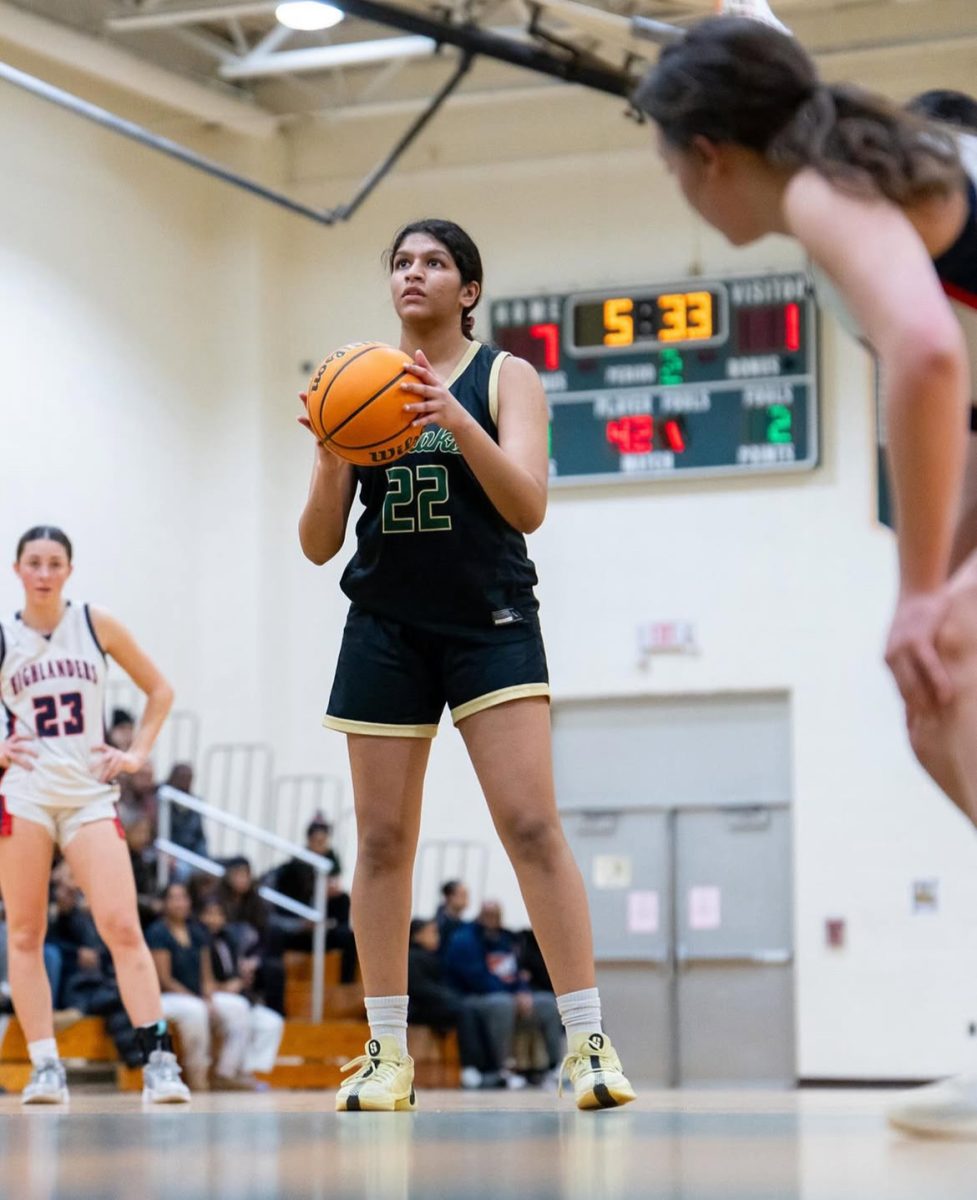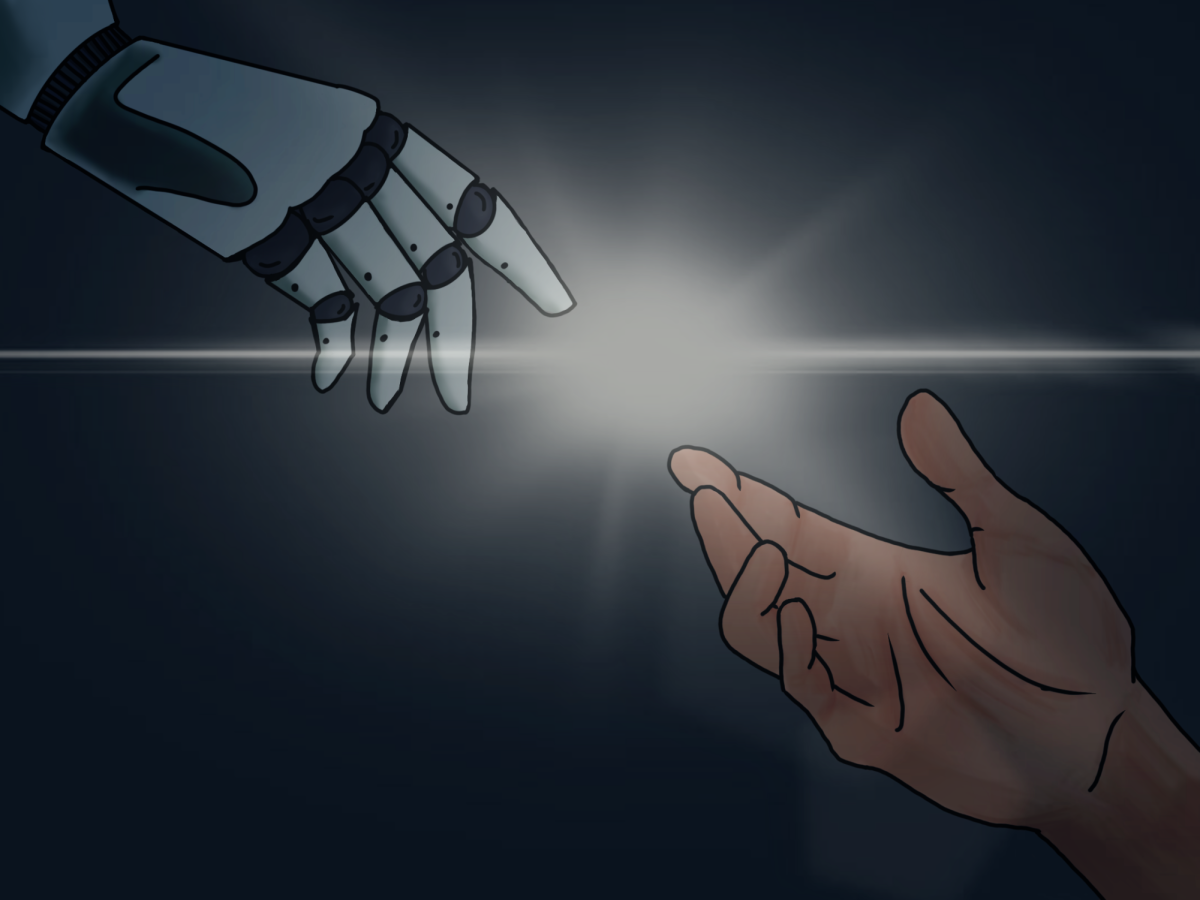The ever-evolving dance community is an art form, a competitive sport, and a blended form of expression all in one. However, the physical exertion required from a dancer is often overlooked by an audience because of how pleasant their performances are for the audience. Between the dancers and teachers who bring themselves together to develop choreography, there has been a new recognition of the potential toxicities within the dance community. Still, despite so many challenges, dance remains a universal language that is deservingly honored today. Even at JP Stevens, the Dance Department has been working tirelessly to break down the negative standards that surfaced within its walls. The Dance Department at JP focuses its time on forging a strong connection between the dancers to cultivate a community that is recognizable by the joy that dance brings everyone in the department. While it is no cakewalk, Ms. Cara Stine, who single-handedly runs the Dance Department at JP Stevens, works hard to build her students’ love for dance and create a space where health and happiness are the main priorities.
Ms. Stine claims to have observed and learned from older students assisting with choreographing at her dance studio in her youth. As she grew older, she started to enjoy choreographing herself. Due to the impact dance had on her, Ms. Stine focuses on building dancers as well as choreographers in her classrooms; she describes, “Dance is something that I’ve always really loved, especially the creative side of it. I’m getting to work with people to build their creativity.” Her emphasis on the student choreographers ultimately contributed to building the formidable dance community at JP. Students can gain access to the knowledge of not only how to dance at JP but also how to create dance for others.
Ms. Stine teaches at four different levels of dance across three class periods. She also runs the dance team, works closely with the theater company to choreograph and execute dance pieces for them, and even teaches at another school in the district aside from JP. Ms. Stine has learned resilience and strategies to benefit both her students and her pressures through these experiences. Ms. Stine says, “The biggest life lesson that I’ve learned from dance is just how powerful community and connection through it can be.” Simply being in a space where it becomes easy to focus only on competing with others in areas of flexibility, agility, stamina, and many other criteria, it may become difficult to find the strength to dance at one’s highest individual level. However, a strong community of dancers surrounding you can completely change that and provide a safe space where differing ideas and talents can still be appreciated.
Furthermore, Ms. Stine admits, “Sometimes, there are toxicities in dance but I really believe that, again, the people that surround you determine your experience.” Her work in breaking down the defined ‘teacher-student’ role within her classroom plays a large part in improving the dance community at JP. Ms Stine puts a lot of effort into showing her students that even as a teacher she doesn’t necessarily know everything, and likewise, they aren’t completely clueless as learners. By giving her students places in the classroom that allow for a large gray area for what is considered correct, Ms Stine strengthens her students’ connection to dance.
Ms Stine’s lessons easily translate into other places in society. In sports teams, teamwork is emphasized to improve their performance significantly. In recent years in the classroom, teachers have been emphasizing developing a relationship with their students more than the defined ‘teacher-student’ role in order to allow their students to grow not only academically but also as future citizens of society. Ms. Stine is just one of many people working towards the goal of building a stronger community and connection between the students at JP; her hard work and positive attitude have shaped so many integral parts of JP Stevens today.







